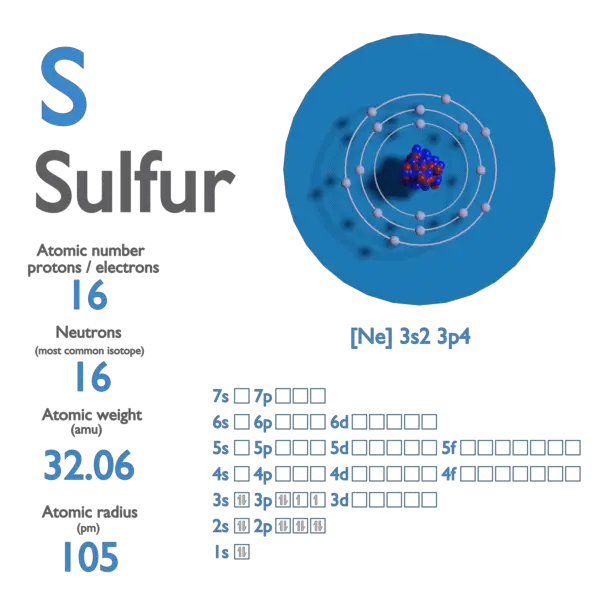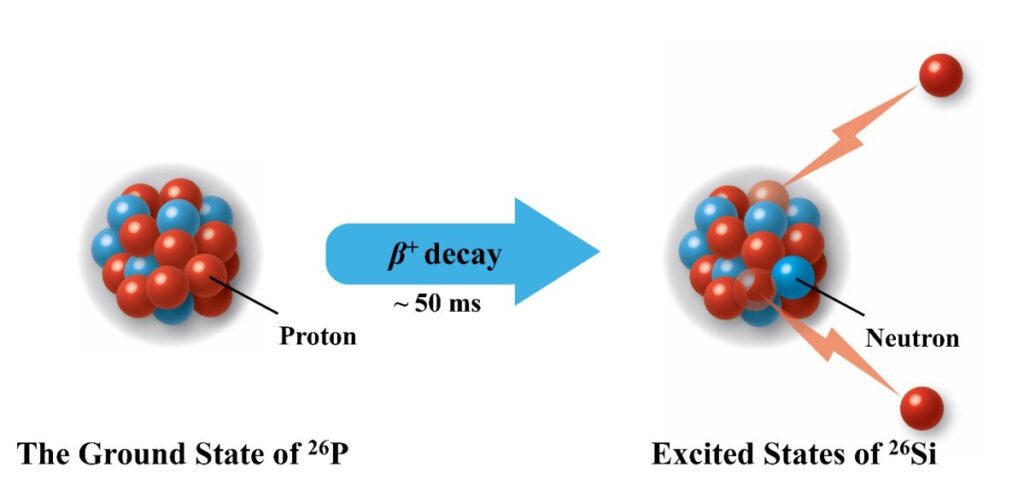Within a single nucleus, the building blocks of nuclei, protons and neutrons, can rearrange themselves in fixed numbers. Electromagnetic (gamma ray) transitions are the end result of this reorganization. Each isotope has a distinct “fingerprint” that is determined by the sequence of these transitions, which link excited energy levels known as quantum levels.
The strong (nuclear) force that holds protons and neutrons together is one of the fundamental forces, and identifying these fingerprints offers a sensitive test of scientists’ knowledge of it. By employing a nuclear reaction to inject surplus energy, scientists can start the motion of protons and neutrons in the lab.
Researchers effectively applied this method to investigate the sulfur-38 fingerprint in a work that was published in Physical Review C. In order to examine the data, they also used machine learning and other cutting-edge techniques.
New empirical data on the “fingerprint” of quantum energy levels in the sulfur-38 nucleus is given by the results. Important new insights could be gained by comparisons with theoretical models. As an illustration, one of the computations showed how important a specific nucleon orbital was to the model’s capacity to replicate the fingerprints of nearby nuclei and sulfur-38.
The work is noteworthy for being the first to successfully apply a certain machine learning-based method of data classification. This strategy is being used by scientists to address additional difficulties in experimental design.
The unique quantum energy levels in the neutron-rich nucleus sulfur-38—a “fingerprint” created by the rearrangement of protons and neutrons—were better identified by researchers using a measurement that included a machine learning (ML) assisted analysis of the data gathered.
This specific fingerprint has double as much empirical data as before, according to the results. Their method involved creating the isotope and introducing the energy required to excite it into higher quantum levels by a nuclear process involving the fusion of two nuclei—one from a heavy-ion beam and the other from a target.
The Department of Energy’s ATLAS Facility produced a heavy-ion beam, and the Center for Accelerator and Target Science (CATS) produced a target. The reaction and measurement also made use of the Gamma-Ray Energy Tracking Array (GRETINA) for the detection of electromagnetic decays (gamma-rays), and the Fragment Mass Analyzer (FMA) for the detection of nuclei.
Throughout the data reduction process, the research adapted and applied machine learning approaches due to the intricacies of the experimental parameters, which depended on the production yields of the sulfur-38 nuclei in the reaction and the best settings for detection.
Comparing these methods to others, there were noticeable gains. Sulfur-38 nuclei were classified against all other isotopes produced by the nuclear reaction using a fully connected neural network that was developed under supervision as part of the ML structure.









